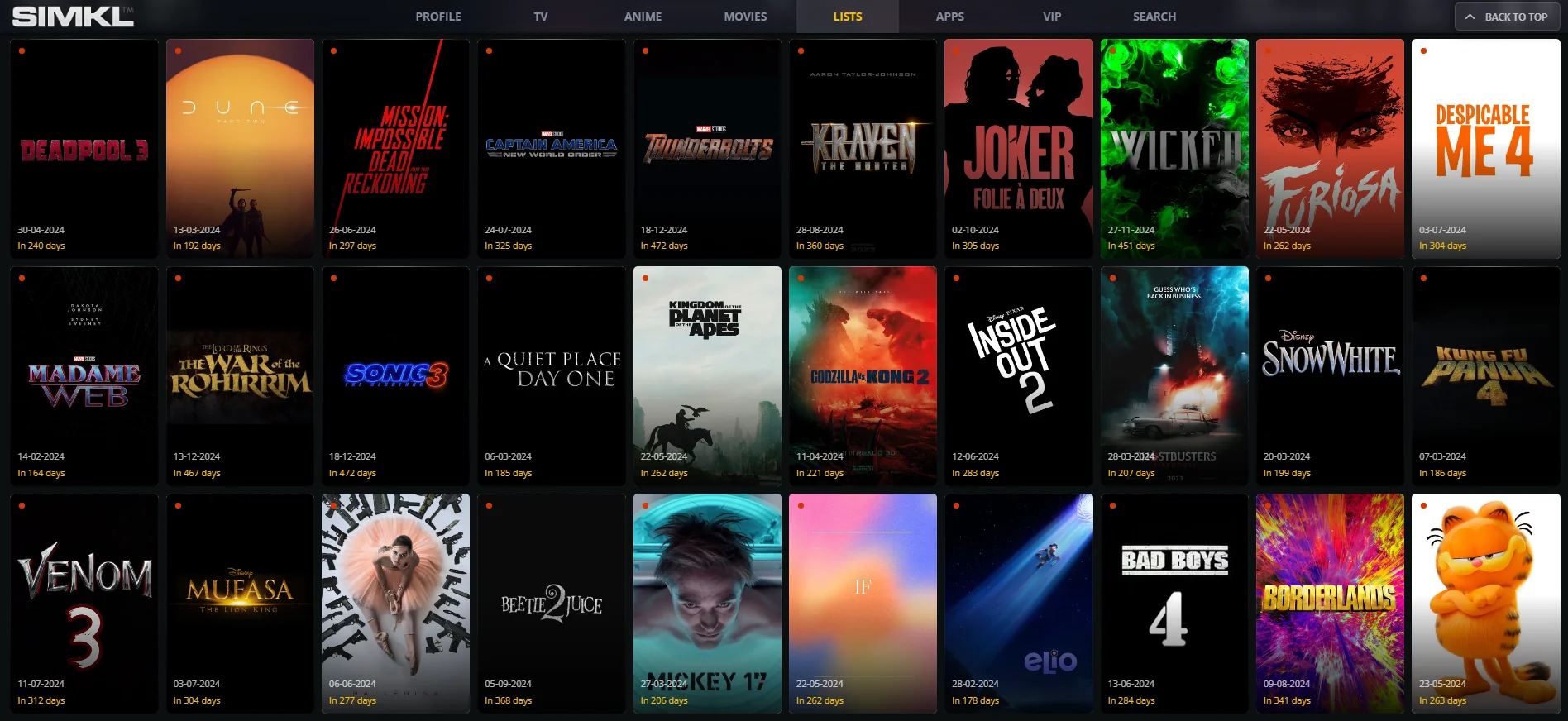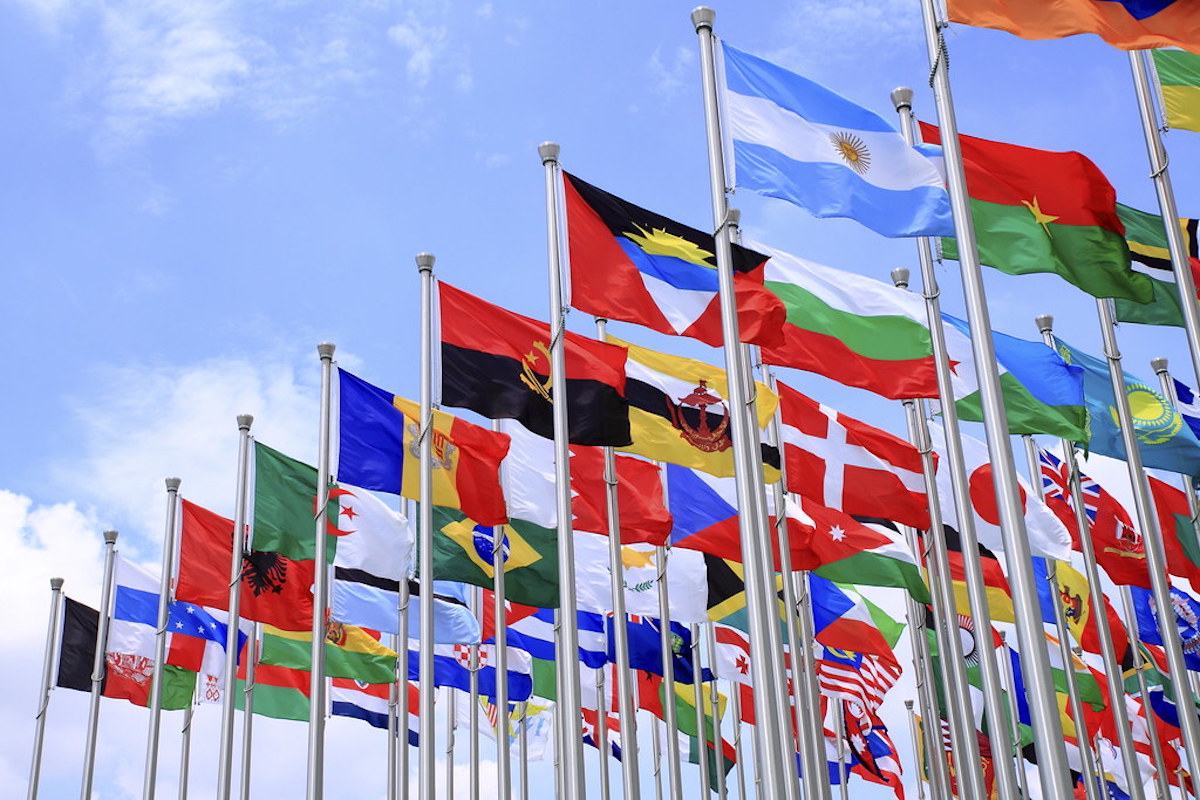A Guide to Pre-Primary Schools in DHA: Building Strong Foundations for Young Learners
The right start in early education can make a significant impact on a child's future success, confidence, and social adaptability.

Early childhood education plays a crucial role in shaping a child’s academic, social, and emotional development. Pre-primary schools lay the foundation for lifelong learning, fostering curiosity, creativity, and cognitive skills from an early age. In upscale areas like DHA (Defence Housing Authority), parents have access to some of the best pre-primary schools that offer top-tier curriculums, experienced educators, and state-of-the-art facilities. If you are looking for the right Pre-Primary Schools in DHA, this guide will help you explore the best options and factors to consider.
1. Understanding Pre-Primary Education
What is Pre-Primary Education?
Pre-primary education refers to the early learning phase before a child enters formal schooling. It usually includes:
-
Playgroup (Ages 2-3)
-
Nursery (Ages 3-4)
-
Kindergarten (Ages 4-5)
-
Preparatory (Ages 5-6)
Importance of Early Childhood Education
Studies show that children who attend quality pre-primary programs have:
-
Improved cognitive and problem-solving skills
-
Better language and communication development
-
Enhanced social and emotional intelligence
-
A strong foundation for future academic success
2. Top Pre-Primary Schools in DHA
DHA is home to some of the best pre-primary schools, offering innovative curriculums, engaging activities, and highly trained teachers. Here are some top institutions known for their excellence in early childhood education:
1. The Learning Alliance International
-
Curriculum: IB-PYP (International Baccalaureate Primary Years Programme)
-
Key Features: Focus on inquiry-based learning, creativity, and global perspectives
-
Facilities: Safe learning environments, play areas, sensory activities
2. Bay View Academy
-
Curriculum: British Early Years Foundation Stage (EYFS)
-
Key Features: Child-centered approach, phonics-based literacy program
-
Facilities: Well-equipped classrooms, indoor and outdoor play areas
3. Beaconhouse School System
-
Curriculum: Play-based and Montessori approach
-
Key Features: Hands-on learning, cognitive development activities
-
Facilities: Interactive learning spaces, dedicated early childhood educators
4. The Lyceum International School
-
Curriculum: Cambridge Early Years Program
-
Key Features: Emphasis on active learning, social-emotional development
-
Facilities: Advanced learning materials, well-structured play activities
5. Roots International Schools & Colleges
-
Curriculum: Montessori & Reggio Emilia-inspired
-
Key Features: STEM-based learning, focus on independent thinking
-
Facilities: Digital learning, hands-on sensory activities
3. Curriculum and Teaching Methodologies
The curriculum and teaching methodology of a pre-primary school significantly impact a child’s early learning experience. Here are some widely used approaches:
Montessori Method
-
Focuses on independent, hands-on learning
-
Encourages self-discipline and social skills
-
Uses structured activities and sensory-based learning materials
Reggio Emilia Approach
-
Child-led exploration and project-based learning
-
Emphasis on creativity and collaboration
-
Encourages artistic expression and critical thinking
British EYFS (Early Years Foundation Stage)
-
Focus on structured play and literacy development
-
Develops language, mathematics, and problem-solving skills
-
Assessment through observation and interactive activities
IB Primary Years Programme (PYP)
-
Inquiry-based, global learning approach
-
Encourages curiosity and critical thinking
-
Emphasizes multilingual learning and environmental awareness
4. Extracurricular Activities in Pre-Primary Schools
Extracurricular activities play a vital role in enhancing a child’s learning experience. Pre-primary schools in DHA offer a range of activities that promote holistic development:
Creative Arts & Music
-
Drawing, painting, and craft activities
-
Introduction to musical instruments and singing
-
Dance and movement sessions
Outdoor Play & Physical Development
-
Structured play in safe playgrounds
-
Physical exercises and yoga for motor skills development
-
Swimming, gymnastics, and interactive sports
Language and Communication Skills
-
Storytelling and phonics-based reading
-
Interactive discussions and role-play activities
-
Bilingual learning programs (English, Urdu, other languages)
STEM & Sensory Learning
-
Introduction to basic science and technology
-
Hands-on learning with building blocks and puzzles
-
Experiments and nature-based activities
5. Admission Process and Fee Structure
Admission Criteria
Most pre-primary schools in DHA have a structured admission process, which includes:
-
Age Criteria: Enrollment based on child’s age group
-
Assessment/Observation: Interaction-based assessment to understand the child’s learning style
-
Parental Interview: Some schools conduct discussions with parents to understand expectations
Fee Structure
The cost of pre-primary education varies depending on the school’s reputation, facilities, and curriculum:
-
Admission Fee: PKR 100,000 – PKR 300,000 (one-time)
-
Monthly Tuition Fee: PKR 20,000 – PKR 80,000
-
Additional Costs: Books, uniforms, extracurricular activities, transport
6. Choosing the Right Pre-Primary School for Your Child
Selecting the right pre-primary school is crucial for your child’s academic and personal development. Here are some factors to consider:
1. Curriculum & Teaching Style
-
Choose a curriculum that aligns with your child’s learning preferences.
-
Look for schools that focus on experiential and interactive learning.
2. Qualified & Trained Educators
-
Ensure teachers are well-trained in early childhood education.
-
Check for low teacher-student ratios to ensure personalized attention.
3. Safe & Stimulating Learning Environment
-
Look for a school with a safe, child-friendly atmosphere.
-
Check the quality of classrooms, playgrounds, and security measures.
4. Extracurricular Opportunities
-
Choose a school that balances academics with physical and creative activities.
-
Look for programs that promote social skills and confidence-building.
5. Parent Involvement & Communication
-
Opt for schools that encourage parental involvement in learning activities.
-
Check if the school provides regular updates and progress reports.
Conclusion
Pre-primary education sets the foundation for a child’s lifelong learning and development. DHA offers some of the best pre-primary schools that focus on holistic growth, creativity, and academic excellence. Whether you prefer a Montessori-based approach, an IB-PYP curriculum, or the British EYFS framework, DHA has a variety of schools to cater to different learning styles and needs. By carefully evaluating factors such as curriculum, faculty, facilities, and safety measures, parents can ensure they choose the best pre-primary school for their child.
What's Your Reaction?

















